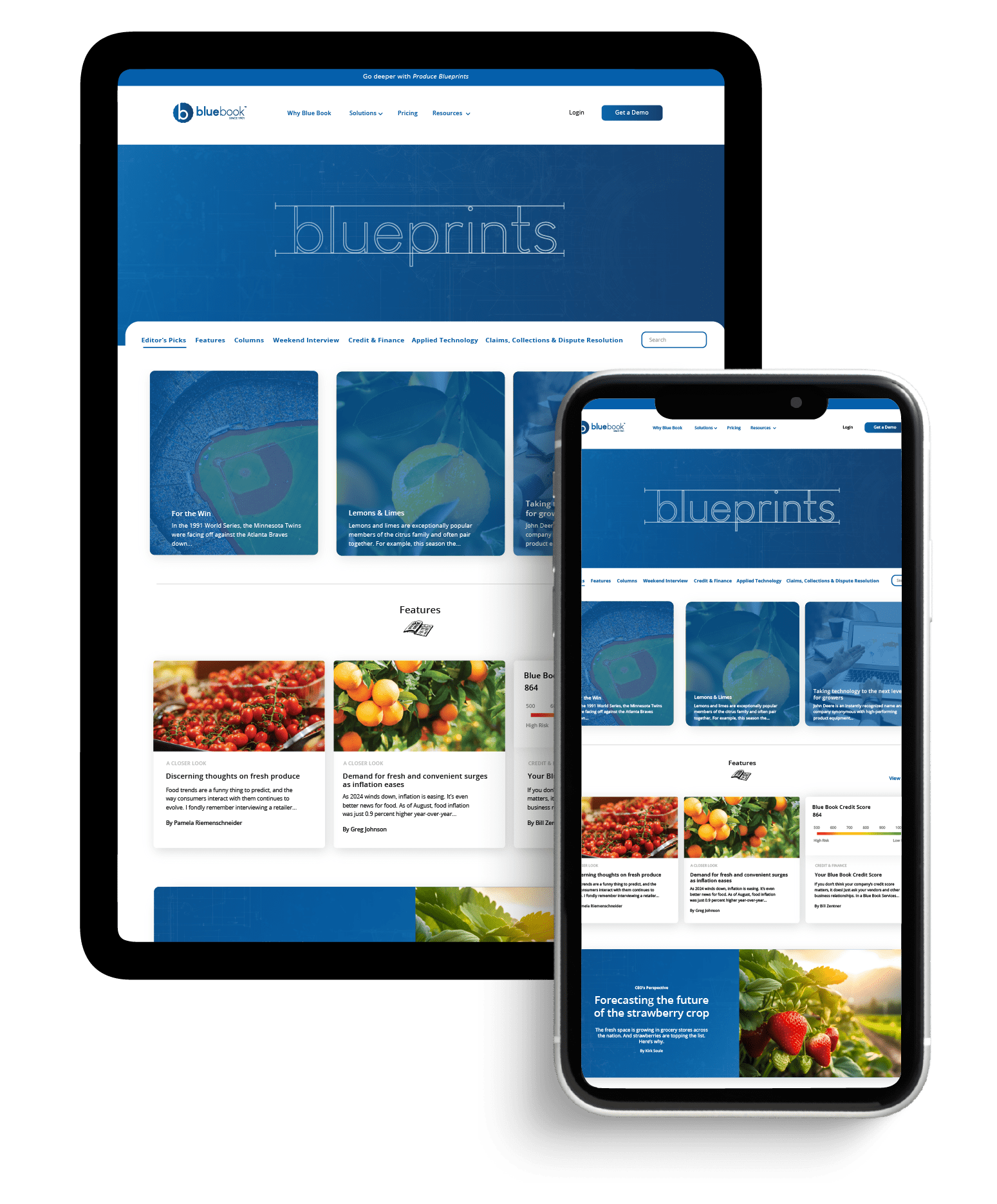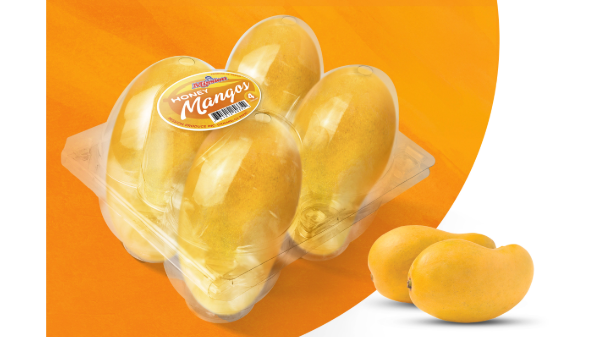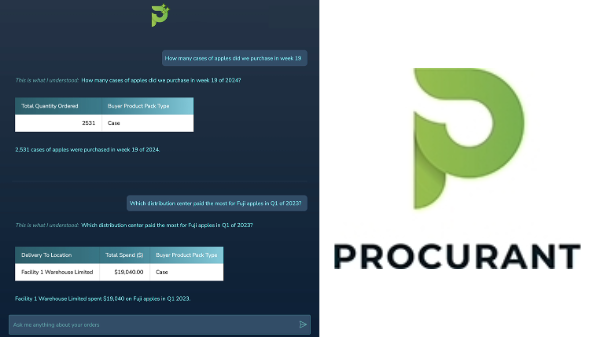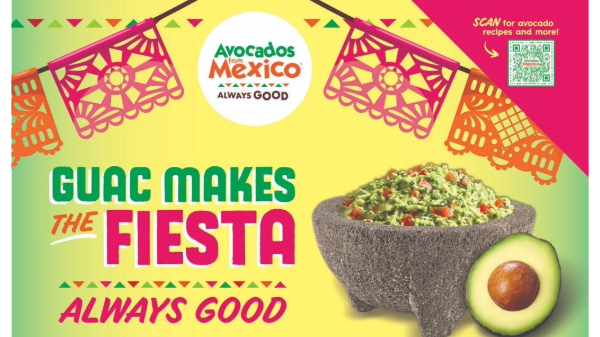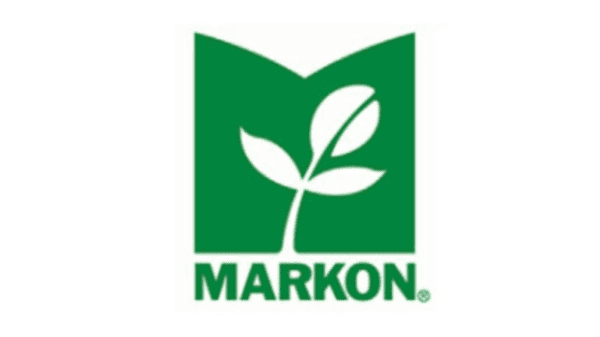Welcome to Blue Book!
Are you ready to join the thousands of companies who rely on Blue Book to drive smarter decisions? View our plans and get started today!
Still have questions? We’d love to show you what Blue Book can do for you. Drop us a line– we’ve been waiting for you.
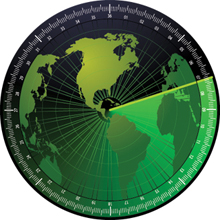
North American consumers still expect the availability of peaches and grapes in January when they are out of season in the Northern Hemisphere. Americans don’t give a thought to finding limes in their local supermarkets despite the collapse of Florida’s lime industry due to citrus canker. And the ever- increasing demand for avocados has been met with fluid trade from Mexico, Chile, and Peru to supply the once exotic fruit, now a staple of U.S. diets and Super Bowl festivities across the country.
Moving Targets
The road to importing into the United States is an obstacle course of changing rules and regulations. The U.S. Department of Agriculture (USDA) maintains a list of products it allows in from certain countries, while listing none from others. There may not be a list of specifically ‘prohibited’ products, but if a country’s product is not on the ‘allowed’ list, it is banned—though this may only be because no one ever applied to have it allowed.
As if this weren’t enough of a “Catch-22,” many products are even restricted from entering the United States through certain ports. Costa Rican grapefruit and navel oranges are admissible through all ports, but lemons are only allowed via North Atlantic ports. It takes determination and a great deal of due diligence to export fruit and vegetables to the United States.
Elements of the Approval Process
“To import fruits and vegetables into the United States, you have to make the product a priority with the Animal and Plant Health Inspection Service (APHIS),” says Xavier Equihua, executive director of the Chilean Avocado Importers Association and chief executive officer of the Peruvian Avocado Commission. “There needs to be an effective strategy for gaining approval—solid science that the item is pest- and disease-free, and support in the U.S. market. This process can take more than a decade or just a few months.”
Stanley Orchards Sales in Modena, NY has been importing apples and pears from Argentina and Chile for thirty years. Company president Ron Cohn says the path to a successful approval process is to begin working with both the USDA and FDA. “Compliance is the responsibility of the shipping countries,” he says, but there must be “enough volume of the item you want to import to warrant having USDA inspectors in the country of origin.” Further,
Cohn notes, shippers must confirm there is “a ready and willing market” to buy the commodity in question.
Bill Vogel, president of Vision Produce Company in Los Angeles, CA agrees with Cohn, but takes it a step further: “Visit the USDA website for requirements by the United States for various fresh products, some are not permitted, some are permitted only with specific treatment.” It is also necessary to review current trade agreements impacting a specific item, including any tariffs. “Make certain there is a market for it at the delivered cost and [know] which varieties, sizes, or quality may be a factor.”


